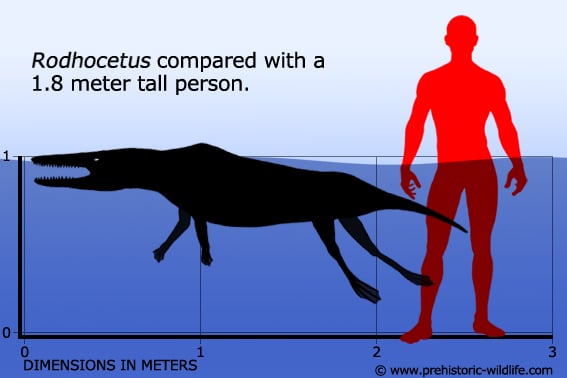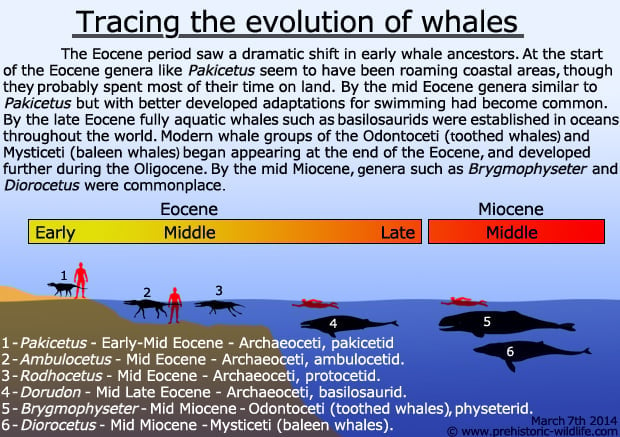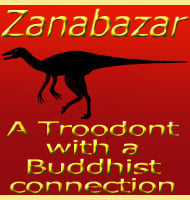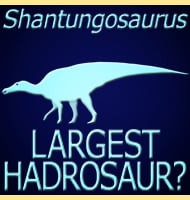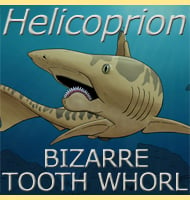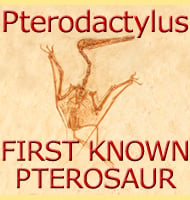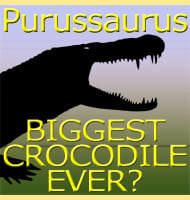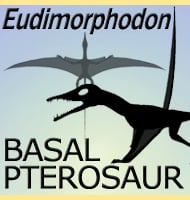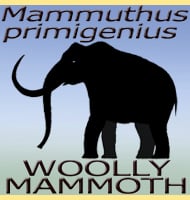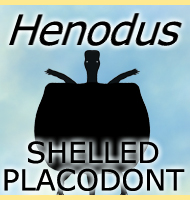In Depth
Although not as well known as Pakicetus and Ambulocetus, Rodhocetus is nonetheless important to the study of how whales evolved from land animals. Rodhocetus is but one of a slowly but steadily growing number of transitional fossil genera, but in Rodhocetus the change can actually be seen across the species as well. The 2001 description of the second species, R. balochistanensis included recurved ankle bones which mean that the rear feet curved back towards the body. Later forms would take this progression with smaller rear limbs in line with the shape of the body until the point that the rear limbs were no longer visible. Study of Rodhocetus has also helped to establish an early origin of the mammals from artiodactyls like hippopotamuses rather than mesonychids like Mesonyx.
Further Reading
– New whale from the Eocene of Pakistan and the origin of cetacean swimming – Nature 368 (6474): 844–47. – P. D. Gingerich, S. M. Raza, M. Arif, M. Anwar & X. Zhou – 1994. – Origin of whales from early artiodactyls: Hands and feet of Eocene Protocetidae from Pakistan – Science 293: 2239–2242. – P. D. Gingerich, M. Haq, I. S. Zalmout, I. H. Khan & M. S. Malkani – 2001. – Land-to-sea transition in early whales: evolution of Eocene Archaeoceti (Cetacea) in relation to skeletal proportions and locomotion of living semiaquatic mammals – Paleobiology 29 (3): 429–54. – P. D. Gingerich – 2003.
